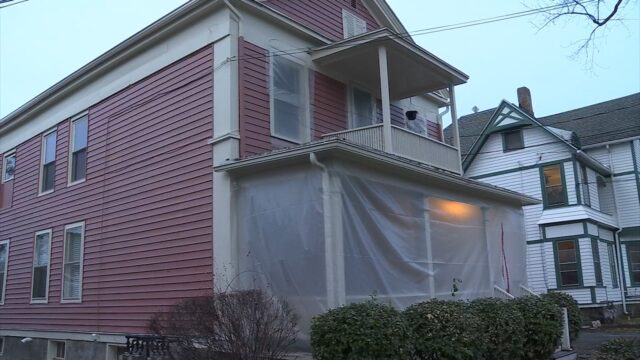Although state government officials say the cancellation of a three-day Phish concert due to water contamination from flooding was unpreventable, the president of an environmental database firm claimed otherwise.
Walter Hang, president of Toxics Targeting, said state authorities documented improperly treated wastewater hazards near the Watkins Glen drinking water intake in 2007. In 2016, pathogens, harmful algal blooms, low dissolved oxygen, silt and sediment, were identified from municipal discharges, notably the Watkins Glen Wastewater Treatment Plant, as well as other unknown sources, Hang said.
In addition to the discharges, contaminants also entered the lake via stormwater runoff.
To this day, wastewater, pathogens, sediment and harmful algal blooms continue to threaten the lake, said Hang as he referred to government information documenting the status of bodies of water throughout the state.
“The recently cancelled concert in Watkins Glen underscores the immense economic consequences of Governor Cuomo’s failure to safeguard drinking water,” Hang said. “And that’s how come a broad coalition of … individuals, academics and elected officials have written the governor to include Seneca Lake, and all bodies of water with harmful impairments and algal blooms, in the National 303d registry of impaired waters. And that has to be cleaned up within five years.”
A wastewater discharge pipe is currently located between a public access beach in Seneca Lake and a drinking water intake.
In 2012, the wastewater treatment plant reported a discharge of settleable solids that was more than 60 times the allowable limit, Hang said. Fecal bacteria was reported in the several thousands, while other bacteria were reported in the thousands.
“‘These periodic exceedances appear to be related to significant infiltration inflow issues in the collection system and outdated disinfection equipment,'” Hang said as he read from a report. “‘Concerns have been raised regarding non-point runoff of nutrients into the lake.'”
Water supply and public bathing are threatened in the middle part of the lake because of elevated salt concentrations from salt lining in the watershed, according to Hang. Bathing also is threatened by the growth of algal blooms and aquatic plants.
IthacaJournal.com:
Read More














